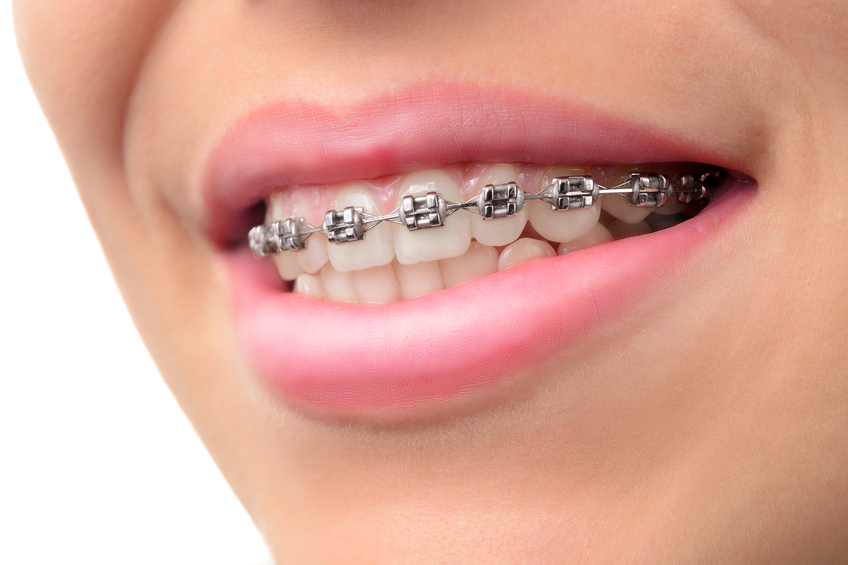It is widely known that very few people have perfectly aligned teeth and that millions of Americans are missing at least one tooth. Therefore, it is not surprising that some people have both problems. Misaligned teeth and missing teeth can both be corrected with orthodontic treatment and dental implants. But which should come first, braces or dental implants?
Braces First, Implants Second
In most cases, it is best to undergo orthodontic treatment before getting dental implants. This is because dental implants are permanently implanted into the jawbone, which means they cannot be moved once placed. Therefore, the teeth should be re-positioned first so that enough space is made available for placement of the dental implant(s) once orthodontic treatment is complete. If you are in this situation, you should speak to your orthodontist before being treated with braces so he or she can develop a treatment plan that accounts for your desire to get dental implants and make sure there is ample room available in the empty spaces to fit them.
Exceptions
In some cases, it may be necessary to place a dental implant before orthodontic treatment begins. For example, if the dental implant needs to serve as a stable anchor point so the appropriate forces can be applied to move the teeth as needed, the patient would likely get the implant before the orthodontic appliances are put on. Also, if the teeth in the vicinity of the implant are not targeted for the orthodontic treatment, the patient may get the implant in that situation as well.
Ultimately, your oral surgeon and orthodontist will work together on a treatment plan that requires both braces and dental implants to determine the optimal timing for both treatments.
Questions? Contact Our Orthodontist in West Seattle & Burien
If you have any questions about orthodontic treatment and dental implants, please don’t hesitate to contact the team at Peralta Orthodontics as we’re always happy to speak with you. If you would like to speak with Dr. Peralta about your options for improving your smile, please schedule a complimentary consultation appointment. During your first visit with us, Dr. Peralta will examine your teeth and bite and speak with you about your treatment goals. He will help then help you decide on what course of action to take in order to help you achieve those goals.










